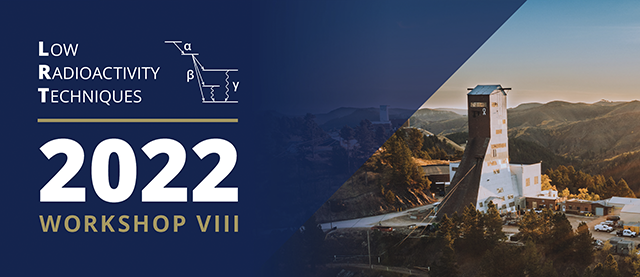Speaker
Description
Surface contamination with long-lived daughters of Rn-222 is of great interest for experiments looking for rare events. These include for example searches for neutrino-less double beta decay or interactions of dark matter particles. Decays of Pb-210, Bi-210 and finally Po-210 may contribute significantly to the experiments’ background, especially when they appear close or directly in the active volumes. Due to alpha decays of Po-210 taking place on surfaces (and thin sub-surface layers) neutrons can also be produced. They may be a serious background source in dark matter detectors since they interactions are difficult to distinguish form dark matter particles. Measurements of natural surface contamination with Po-210 of various samples will be presented. Measurements were performed with an ultra-low background, large-area alpha spectrometer. The instrument allows to study the surface contamination down to about 0.5 mBq/m2. From the registered spectra one can also deduce the Po-210 bulk contamination down to 30 mBq/kg. Contaminated surfaces were also cleaned, in case of metals etching and/or electro-polishing was applied to study the effect of Po removal. For example for copper electro-polishing was always effective and provided high Po activity reduction factors. Standard etching procedures are in general less effective, therefore a fast multi-step process has been developed where one longer bath is replaced by several subsequent and short runs always with fresh etchant. Application of the new procedure to various copper samples resulted in Po activity reduction by more than two orders of magnitude, down to the detection limit of the instrument. Other surfaces, like stainless steel, germanium or lead will be discussed together with the applied cleaning protocols as well.

